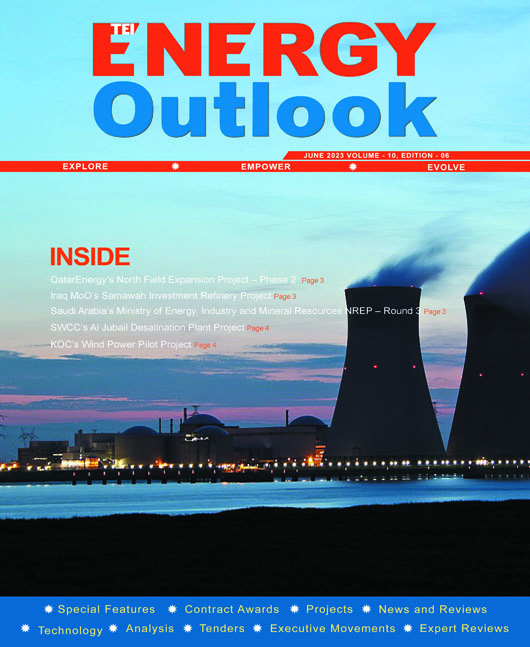
Nuclear Power Push in the Middle East
Nuclear energy is gaining traction globally amid growing concerns over energy security and climate change.
A nuclear power project is especially suitable for providing large-scale base-load electricity. On a levelized basis, it is an economic source of electricity generation, combining the advantages of security, reliability and very low greenhouse gas emissions.
Nuclear energy now provides about 10% of the world's electricity from about 440 commercial nuclear power reactors operating in 32 countries. Additionally, more than 50 reactors are currently being built in 15 countries with the World Energy Outlook report from the IEA projecting over 26% of nuclear capacity growth by 2050. With these projections, nuclear energy would provide 525 GWe of clean energy globally, supporting reduction of carbon producing technologies.
In the oil-rich Middle Eastern countries, the nuclear energy option still remains economically attractive, given that regional power demand is projected to rise by atleast 40% by 2030. Furthermore, desalination using nuclear power is a possible way out for this extremely high water risk region.
Iran and the United Arab Emirates are the first countries in the region to have generated electricity from nuclear power plants.
Iran has a single operable nuclear reactor with a net capacity of 0.9 GW. A second Russian-designed VVER-1000 unit is under construction. In December, Iran began the construction of a new 300 MW nuclear plant in the southwestern province of Khuzestan. The Islamic Republic plans to invest $50bn in building new nuclear power plants to generate 10,000 MW of electricity.
The UAE’s Barakah Nuclear Energy Plant, has three operable nuclear reactors with a capacity of 4.2 GW. A fourth unit is under construction. Plans for the next phase, which will comprise another four units, are understood to remain viable and could be procured soon. The country intends to secure 20% of its domestic needs from the plant.
Saudi Arabia has signed multiple agreements in various nuclear-technology sectors through the King Abdullah City for Atomic and Renewable Energy. This includes nuclear power plants and high-temperature reactors for water desalination. The government’s ambitious target is to create 17 GW of nuclear capacity by 2040. Currently, the bids are under evaluation for the kingdom’s first nuclear project, a 2.8 GW facility.
Egypt has been a pioneer in the nuclear field, having issued a tender in 1983 for building reactors in El Dabaa. The program was shelved after the 1986 Chernobyl disaster. Currently, the construction is ongoing on a four-unit nuclear reactor based on Russian technology with a capacity of 4.8 GW. All four reactors are expected to be operational by 2030. More reactors are being planned to produce electricity and for desalination. Jordan has committed to plans centered on Small Modular Reactors (SMRs) and uranium extraction and mining.
Significant rise in investments in SMRs to economize and expedite nuclear deployment will not only achieve the region's clean energy goals but will also support the water desalination, hydrogen production, and industrial applications.
Editor